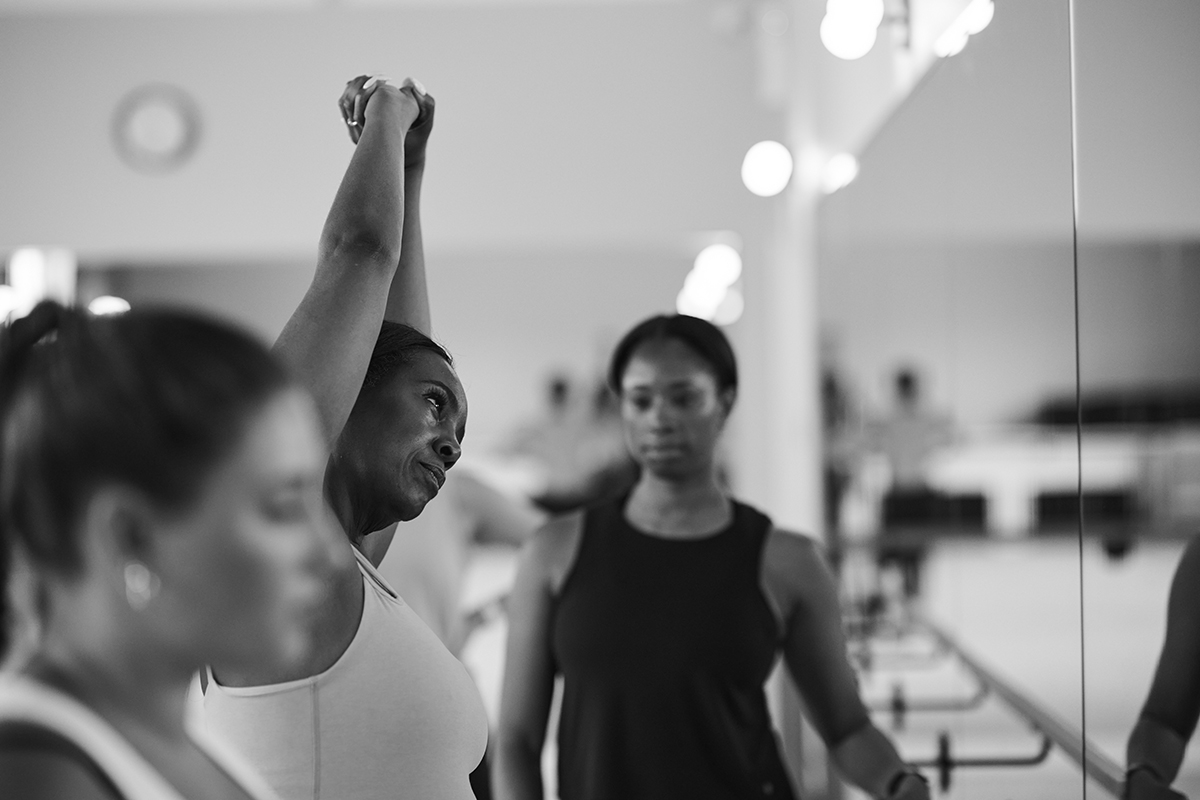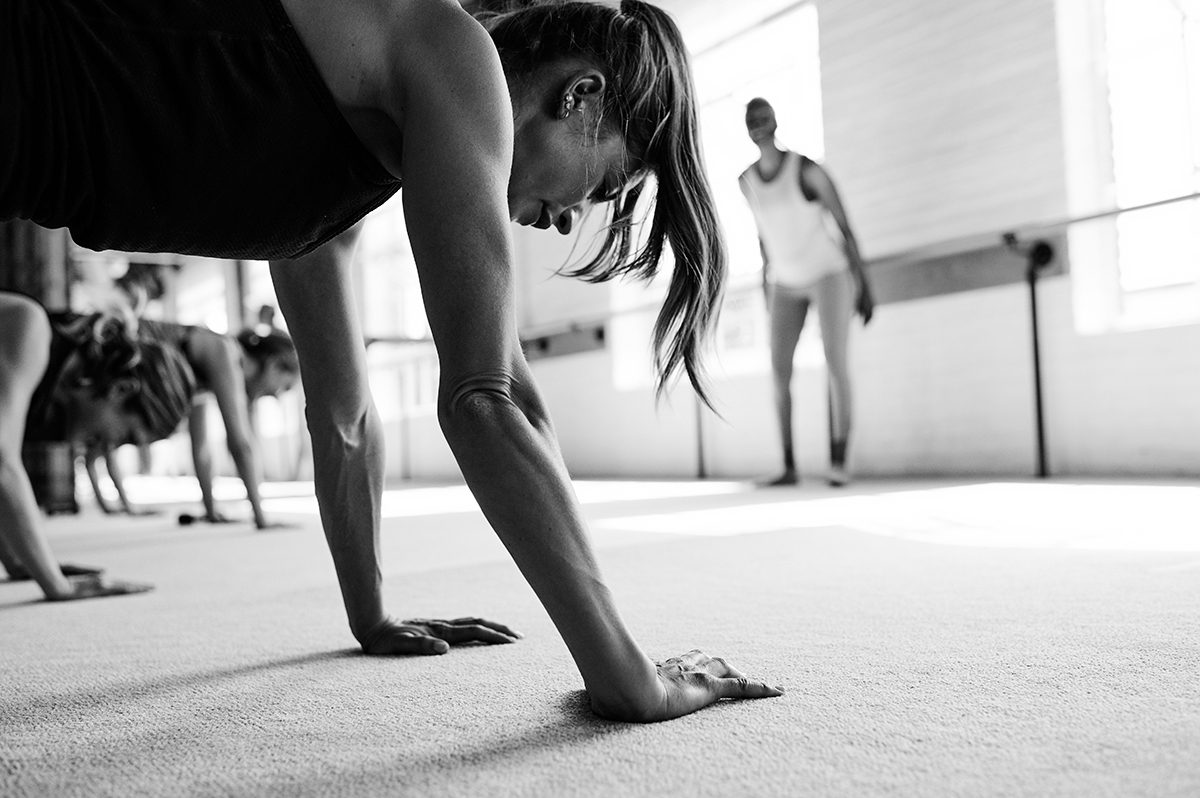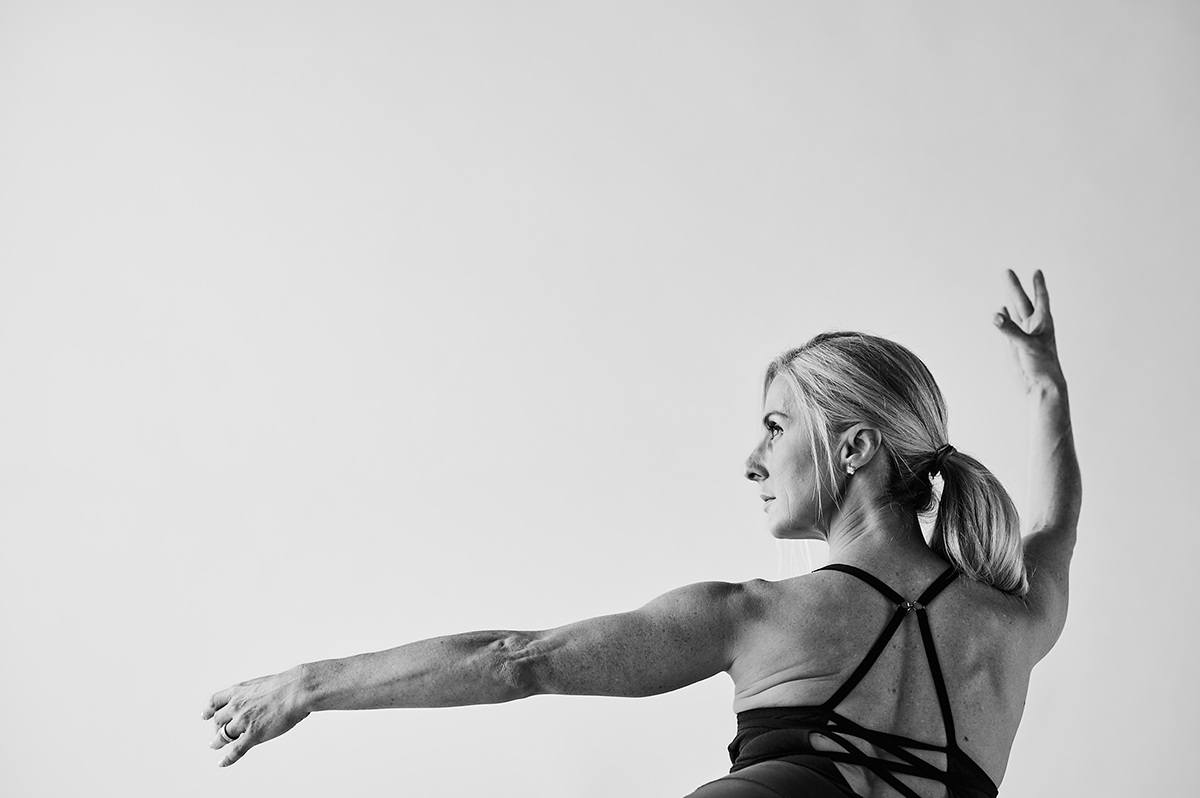New clients! For a limited time, Get 13 Classes for $78 (only $6 per class)
What to Eat Before a Workout: How To Fuel Your Next Bar Method Class
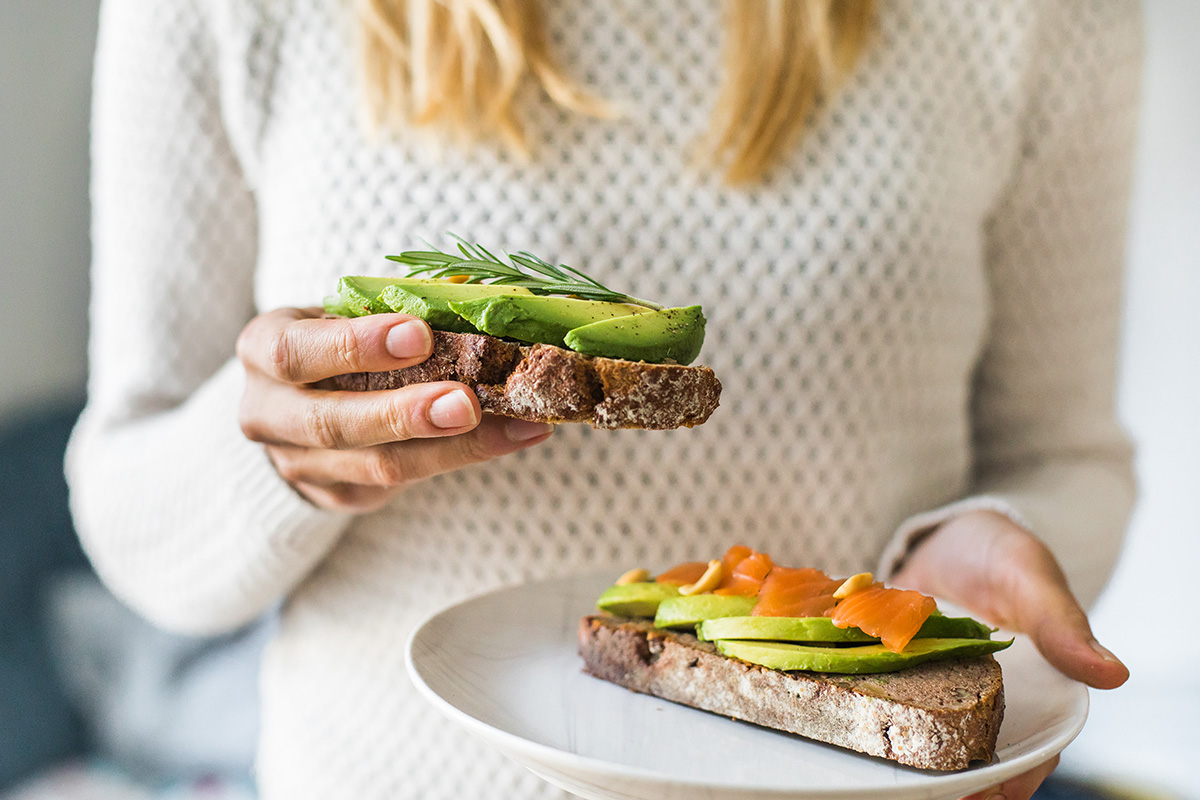
You’re likely already familiar with the benefits of a Bar Method workout because you’ve experienced them yourself: lean, sculpted muscles, improved posture, and unparalleled inner strength. But like any workout, exercise is only part of the equation. For even better results, it’s important to make sure you’re also eating healthy, nutritious meals that fuel your hard work.
Of course, knowing what to eat before a workout isn’t always straightforward. There’s a lot of nutrition information out there — and plenty of fad diets that get attention. If you’ve ever wondered how to fuel your body before a workout, you’re not alone.
In this article, we’re breaking down some of the time-tested principles of pre-workout nutrition — including what to eat before a workout and when to eat before a workout — so you can get the most out of your next Bar Method class.
How to fuel your Bar Method workout: 3 tips
Before we get into specific examples of the best foods to eat before a workout, let’s break down some tried-and-true nutritional guidelines to maximize your workout results.
1. Eat whole foods at each meal.
- Vegetables — especially leafy greens like kale, spinach, collard, and Swiss chard, and even cruciferous vegetables like broccoli and Brussels sprouts — are crucial for sustaining energy between workouts. With high levels of calcium, magnesium, iron, fiber, Vitamins A, C, K, and E, folic acid, zinc, and more, veggies are naturally energizing and detoxifying, helping your immune system stay strong so you can feel energized longer.
- Lean animal proteins, like chicken, fish, pork, and beef — and plant-based proteins such as tempeh or tofu — are the building blocks of strong muscles. After you’ve pulsed your way to the signature Bar Method shake (a sign that your muscle fibers have broken down!), you need the amino acids in protein to help them rebuild stronger than before.
- Fiber-rich whole grains like brown rice, oats, quinoa, millet, couscous, and barley as well as legumes like black beans, chickpeas, lentils, and kidney beans deliver a steady source of energy throughout the day, which is crucial to stay strong throughout your Bar Method classes.
- Healthy fats found in nuts and seeds, avocados, eggs, full-fat dairy, and seafood like wild salmon or sardines help your body absorb nutrients from food, in addition to being an important source of energy that keeps you feeling full.
Healthy fats found in nuts and seeds, avocados, eggs, full-fat dairy, and seafood like wild salmon or sardines help your body absorb nutrients from food, in addition to being an important source of energy that keeps you feeling full.
Eating more nutrient-packed whole foods like these will give you the energy and strength you need to make the most of your workouts (you’re going to need it to get through the last 10).
2. Focus on nutrition over deprivation.
There’s a lot of nutrition information available and plenty of fad diets to choose from these days. Diets are attractive because they provide a roadmap for how and what to eat, however, they aren’t one-size-fits-all.
An overwhelming majority of people who lose weight on a diet — between 80% and 85% — gain it back. Diets may work as a short-term strategy, but they’re not a long-term solution. A more sustainable approach to nutrition and healthy eating is a system of small dietary and lifestyle changes that add up over time to create lasting results. Focusing on fueling your body with the healthy, nutritious foods listed above — not depriving yourself — is key to having enough energy and stamina to complete your workouts.
3. Time your meals for optimal exercise performance.
To stay energized during your workouts, time your meals accordingly. Eating too soon before your workout could make you feel sluggish and maybe even nauseous while you exercise. But skipping meals or going into a workout class hungry could leave you feeling faint or hinder your performance (and your results).
Here’s how to time your meals just right to help you perform at your best:
- Before a workout: Wondering when to eat before a workout? Eat anywhere from three hours to no less than 30 minutes before your workout. If you eat a few hours in advance, you can have a larger, balanced meal. If you’re eating closer to your workout, opt for a lighter snack of complex carbs and/or protein.
- After a workout: To maximize the results of your Bar Method class, eat something within 30 minutes post-workout. If you can’t have a larger meal within that timeframe, then choose a small snack and eat a full meal a few hours later. Your post-workout meal should be protein-rich to help rebuild and strengthen your muscles.
Wait… can you work out on an empty stomach?
Some people prefer to workout in a fasted state — such as before breakfast — on an empty stomach. In this case, your body will pull from its fat stores for energy.
This is a matter of preference, but try to listen to your body throughout your workout so that you’re not feeling hungry or weak. If you find yourself getting fatigued or lightheaded throughout your workout, that’s a sign that next time, you should fuel up with something before exercise. And don’t skip fluids — making sure you hydrate before and after a workout is key.
Pre-workout snacks
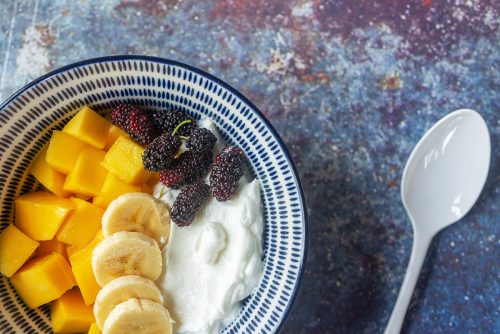
You can use the guidelines above to plan healthy meals that will complement all the hard work you’re doing in Bar Method classes. All those options constitute the best foods to eat before a workout: getting lean protein, healthy carbs, and plenty of veggies and healthy fats is crucial to eating balanced, nutritional meals. Filling up your plate with the whole foods we discussed is a way to find good pre-workout meal ideas to keep you feeling strong and energized throughout class.
For people who prefer to have a light snack before class, choose a healthy source of complex carbohydrates and/or protein that will be easy to digest. Here are some suggestions to get you started:
- Whole wheat toast with nut butter or avocado provides a winning combo of healthy carbohydrates and protein.
- Trail mix offers the quick energy of raisins and the protein of almonds or other nuts.
- Greek yogurt with fresh fruit is another sweet way to get the carb/protein ratio your body needs.
- Oatmeal with peanut butter or nuts will keep you feeling full and focused throughout your workout.
- Bananas make for an easy-to-digest source of carbs and antioxidants.
Try to avoid foods that are extremely high in fat or fiber, since these can take longer to digest and may cause stomach discomfort during exercise.
Post-workout snacks
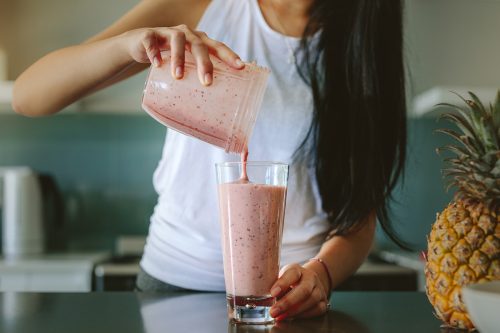
After your workout, protein should be your number one priority to help your muscles repair. If your workout ends shortly before mealtime, be sure to add a healthy source of protein to your plate. If it’s going to be a while before your next meal, grab a protein-rich snack. Here are some high-protein examples to get you started:
- Smoothies with protein powder, plus other add-ins like fresh or frozen fruit for antioxidants, will help you feel full before your next meal.
- Cottage cheese, which contains an average of 12 grams of protein, can be an unexpectedly tasty snack. Add some fresh fruit on top for an extra source of energy.
- Hard-boiled eggs are a great option to help repair muscles after a workout.
- Hummus makes for a filling snack; serve with whole wheat tortillas or veggies like cucumbers and bell peppers for extra crunch.
- Minimally-processed protein bars are great if you need a quick source of protein on the go.
Don’t forget to also drink enough water throughout the day — and especially after your class! Getting enough fluids is just as important as fueling your body with the right nutrition. Opting for water with added electrolytes is also an option to replenish mineral stores lost during your workout.
What should I avoid eating before a workout?
In general, avoiding things that are hard to digest is a good idea when planning your pre-workout snacks or meals. These include foods that are high in fat, such as fried or fast foods, which may cause sluggishness or nausea during your workout. It’s also wise to avoid foods that are high in dietary fiber directly before a workout, as eating too much fiber before exercising may cause stomach discomfort.
A final word on how to fuel your Bar Method workout
Think of nutrition like your Bar Method class: There are many different ways to eat, but not all of them work for everyone. The person working next to you in kickstand curl may need one riser and two small mats while you prefer no riser and one small mat. You both still get the benefit of the exercise, but with a different configuration of props.
Likewise, some days your body has different needs. On Monday you may take the challenge option to go deeper into thigh work or even a stretch, but by Friday, your body might not be feeling it so you hold off.
You can apply these same concepts from The Bar Method studio to nutrition. Some people may feel better eating a light snack before class, while others do better with a bigger meal and more time before exercise. Listen to your body and be curious about how you uniquely respond to different foods before your exercise. Ensure you’re getting enough rest and fluids, too, so that you’re taking care of your whole self in between classes.
Knowing what to eat before a workout (and when) can help you make the most of your barre sessions and feel strong, healthy, and energized in the studio and out.
More fitness resources from The Bar Method
- How to Recover After a Barre Workout
- How to Practice Mindfulness During Barre Class
- Top Barre Exercises to Improve Posture
Find the Bar Method studio nearest you to start your barre journey with expert instruction, science-backed technique, and a supportive community.

